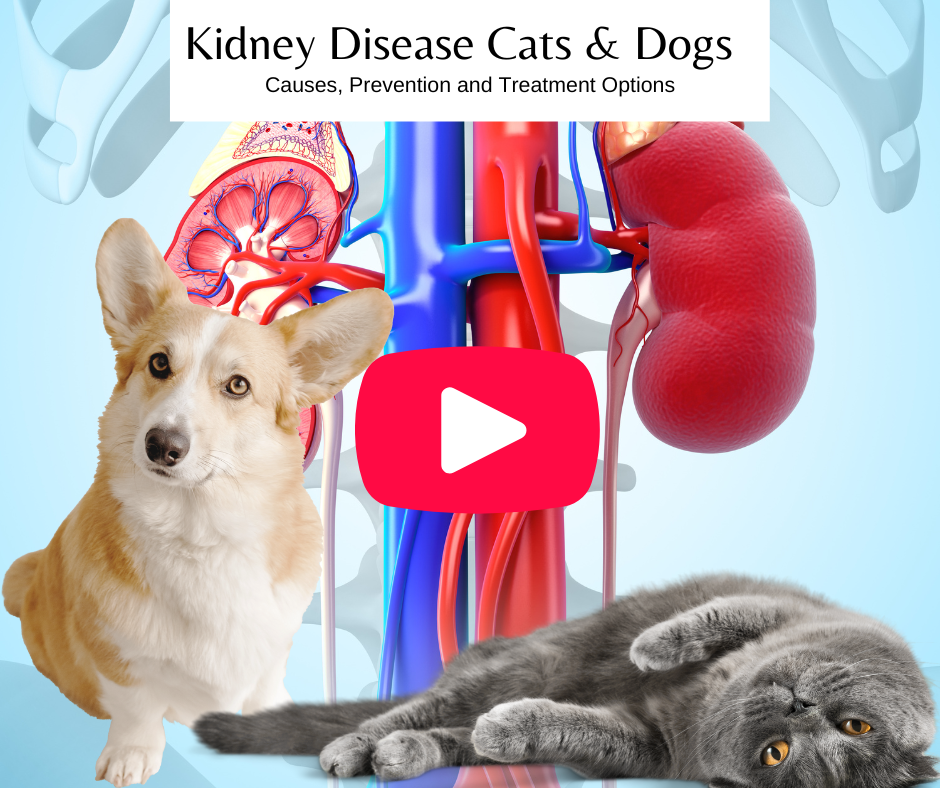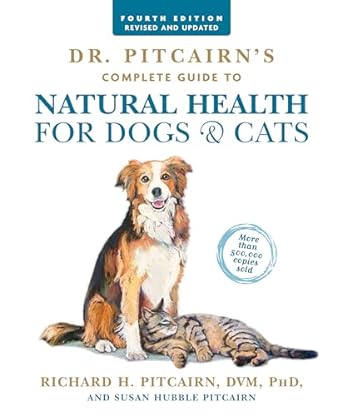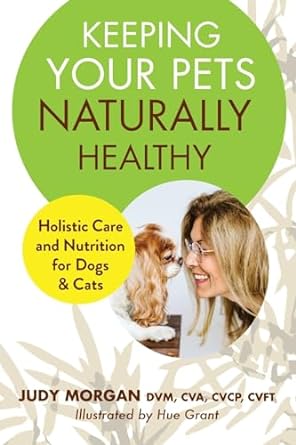Kidney Disease in Dogs and Cats causes, prevention, treatment
Posted by Dr. Carol Dorsey on Jan 25th 2024
Kidney Disease in Cats and Dogs
Causes, Prevention, Treatment
Kidney disease in dogs and cats is a growing concern among pet parents. The prevalence of chronic kidney disease (CKD) in cats is estimated to be 1.0-3.0%, but it increases with age, especially in geriatric cats, with some estimates ranging from 30% to 81% in cats over 15 years old. In dogs, the prevalence of CKD has been reported to be 0.5-1.0%. Most of the time, it is preventable.
In this post, we'll explore the lesser-known causes of kidney issues in pets while emphasizing holistic approaches to maintain or support their kidney health.
What causes kidney disease in dogs and cats?
Kidney disease, also known as chronic kidney disease (CKD) , is a condition characterized by the gradual loss of kidney function over time. Common causes of CKD can include diabetes, high blood pressure, glomerulonephritis, severe urinary tract infections, dehydration, heat stroke, toxins, and polycystic kidney disease. If left untreated, CKD can lead to kidney failure. This impairs the kidneys' ability to filter blood, leading to the retention of excess fluid and waste in the body.
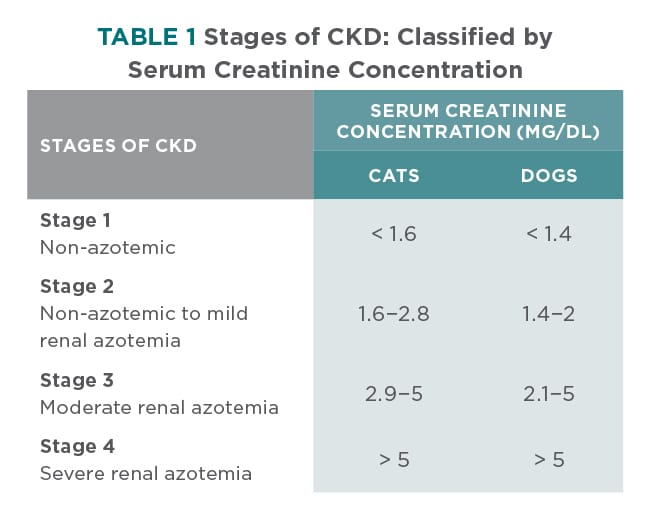
CKD can affect various aspects of health, including the body's ability to clean the blood, filter extra water, control blood pressure, produce red blood cells, and maintain bone health.
Understanding Kidney Problems in Dogs and Cats
Most pet sources touch upon common symptoms and treatments. However, I believe it better serves our dogs and cats to go deeper and find the root causes of disease. Once discovered, holistic strategies can be implemented to prevent or manage kidney problems in dogs and cats.
Kidney problems in cats and dogs often develop silently, making early detection crucial.
One of the leading causes of kidney disease in cats and dogs is dehydration.
This is not likely mentioned at your traditional veterinarian's office or other pet-related sources.
Food is the culprit. Kibble, coupled with poor-quality ingredients, is the main source of dehydration and poor health in your dog and cat. Kidney disease is a slow process and can take years to manifest.
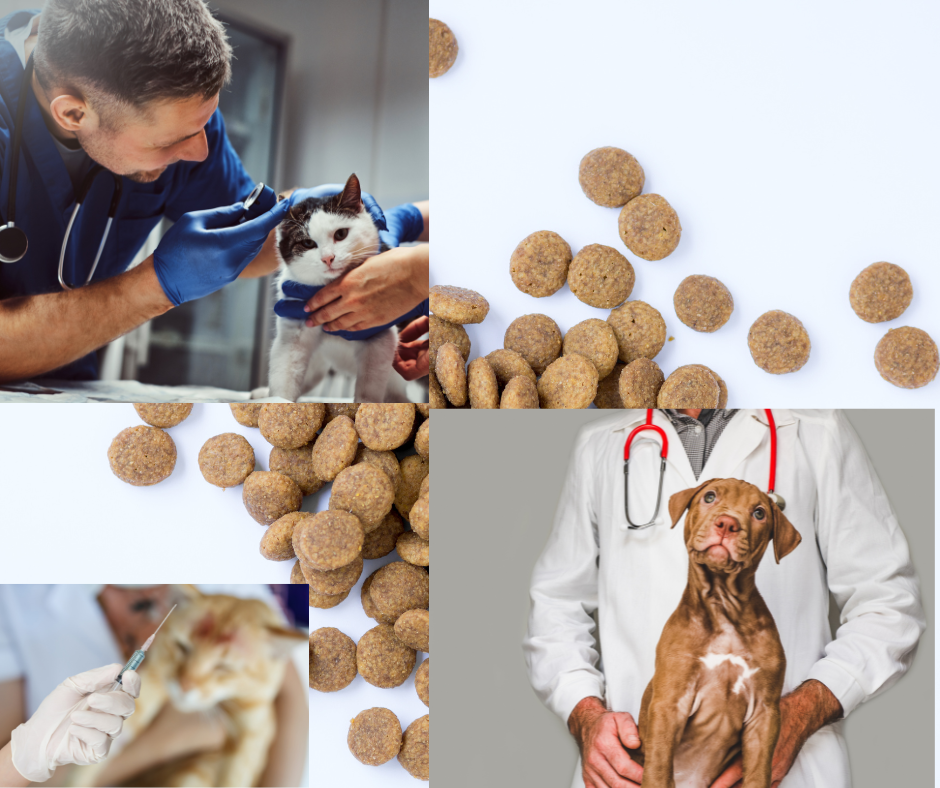
Let me explain.
Fact: Cats don’t have a natural thirst drive. Cats originate from arid nations and rely heavily on the moisture in their food to nourish their body. That means, when they are fed kibble, a natural inclination to drink enough water to hydrate the dry food so it can be digested doesn't exist. You may see them drink water, but it isn't enough to digest their food and keep them properly hydrated.
This lack of hydration doesn’t allow the kidneys to properly filter the toxins and waste from the body. Their bodies work over-time to stay balanced with fluids, which takes a toll on the kidneys.
Dog’s have a thirst drive, but the same process occurs. Your dog's body struggles to ingest the proper amount of water through drinking to rehydrate the kibble so it can be broken down in the digestive tract, and also hydrate the body. Have you noticed that at rest, your dog pants? This is not a normal behavior and its an outward sign of internal stress in the body. Whole food-fed dogs don't pant excessively when they are at rest under normal conditions.
This lack of proper hydration overworks the body’s systems which are vital in removing toxins and wastes daily. Overtime, the kidneys are negatively affected. This is the main reason kidney failure doesn’t start presenting itself in dogs and cats until around ages 7-10 years old.
One way you can tell if your dog or cat is ingesting enough moisture is by examining their fur. Their fur should show evidence of proper hydration and will feel lush, soft, and have very little odor.
What are the signs of kidney disease in dogs and cats
Common symptoms of kidney disease:
- Increased thirst and urination- pets may drink and urinate more frequently
- Lethargy-A lack of energy or interest in usual activities
- Vomiting and diarrhea
- Anorexia and Weight Loss- loss of appetite and subsequent weight loss
- Dehydration- indicated by sunken eyes, dry gums an decreased skin elasticity
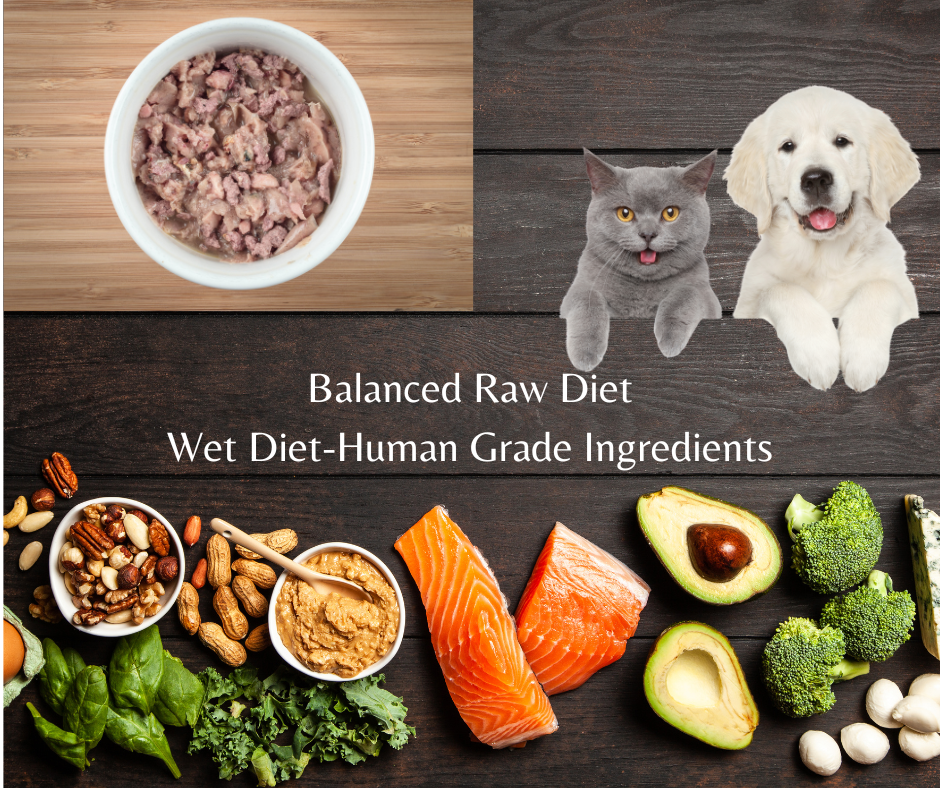
Recommendations for Kidney Disease in cats and dogs
You can choose to provide healthier food options for your dog or cat to help stabilize kidney disease or prevent it. Here are 3 primary recommendations for dogs and cats with kidney disease:
- Low Protein and Phosphorus Diet: Specialized kidney diets for pets with kidney disease are typically low in protein and phosphorus to minimize the buildup of waste products and reduce strain on the kidneys
- Omega-3 Fatty Acids: These fatty acids, such as eicosapentaenoic acid (EPA) and docosahexaenoic acid (DHA), are often included in kidney diets to reduce inflammation in the body, including the kidneys, and potentially improve kidney function
- Sodium Restriction: Kidney diets for pets with kidney disease often contain reduced levels of sodium to help manage hypertension associated with kidney disease
Next Steps for PREVENTION and STABILIZATION of kidney disease:
Provide a moist food choice . I recommend a balanced, raw or cooked whole foods diet for both dogs and cats. However, if this isn’t an option for you, provide them with a high-quality wet food. For kidney health and overall health, make sure the wet food is made with human-grade ingredients.
Poor diet is the #1 reason all dogs and cats have health issues. Diet provides the foundation for the body, and without a strong foundation the house crumbles, the body breaks down, and disease sets in over time.
If your dog or cat is currently challenged with kidney disease, changing to a whole foods raw, cooked or wet food diet that is lower in protein and phosphorous is mandatory. One of the biggest mistakes made is to provide low quality protein sources for dogs and cats with kidney disease. Protein provides the building blocks necessary for not only the kidneys but for overall health of the body.
Your Vet may recommend a low protein and phosphorous diet from commercial options. Be aware that most, if not all, of these commercial foods are made of non-nutritional substances and poor protein sources. For instance, Royal Canin is made with protein by-products and synthetic vitamins. Other commercial kidney foods are the same if not worse.
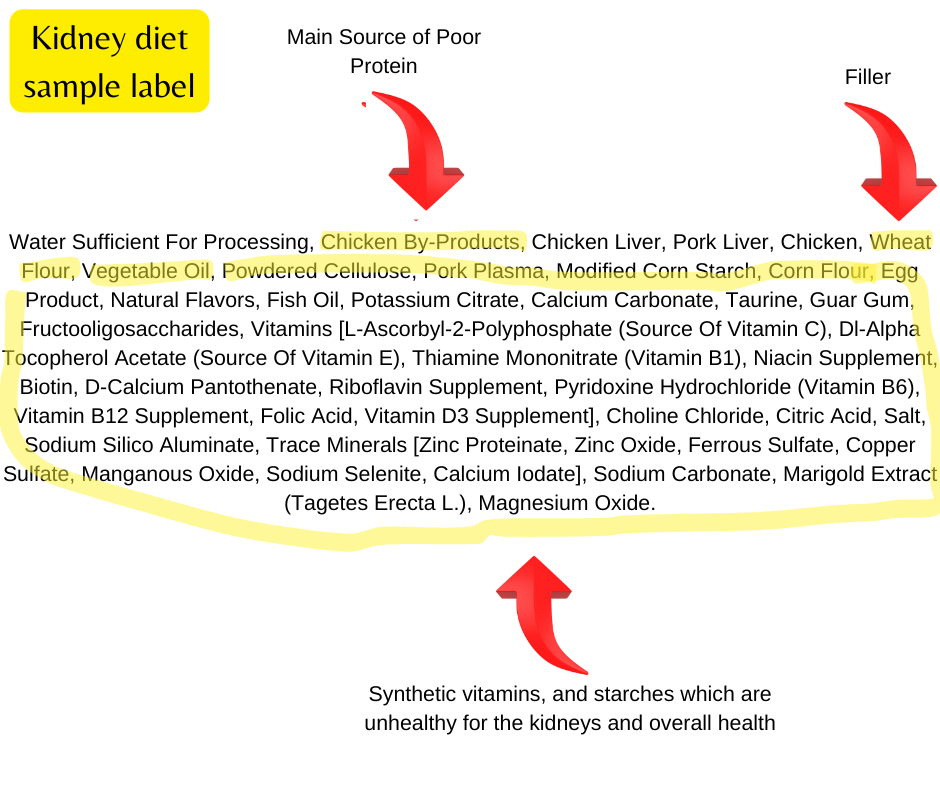
These food choices are not supporting the kidneys or the body properly, and may be doing more harm than good.
Read the labels carefully and if you don't understand an ingredient do some research.
Home prepare or commercially purchase a whole foods diet for your dog or cat. There are recipes on the web designed by veterinarians and in books on natural pet care. If you have access to these books: Dr. Pitcairns Book, Natural Health for Dogs & Cats, or Dr. Judy Morgan's Keeping Your Pets Naturally Healthy; there are recipes for preparing a raw or cooked diets for dogs & cats and several recipes for special diet needs, like kidney disease.
Barf World is a resource for raw diets for dogs and freeze dried options for cats.
Vaccines, toxic flea products, pharmaceuticals, and environmental factors may also play a role in kidney disease in dogs and cats.
It is a good idea to examine all these factors once the diet is adjusted to ensure your dog or cat is given all the opportunities to have the best life possible, even with kidney disease.
Kidney problems in dogs and cats are multifaceted, but a holistic approach can make a significant difference. By paying attention to the often overlooked details, embracing natural remedies, and staying proactive, we can help our pets enjoy healthier and longer lives.
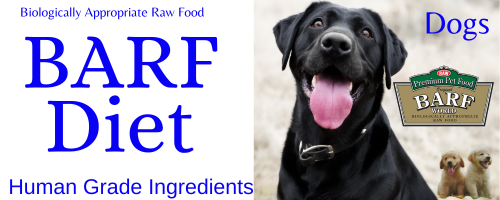
Key Takeaways
- Kidney disease can be prevented or managed with whole foods diets
- Diets low in protein and phosphorus are needed for kidney disease
- Whole foods diet can be home prepared or commercially purchased
- Examine all factors that play a role in your dog or cat's well being that may contribute to kidney disease
- FREE DOWNLOAD Cat Kidney Recipe CLICK HERE
- FREE DOWNLOAD - Dog Kidney Care Recipe CLICK HERE


